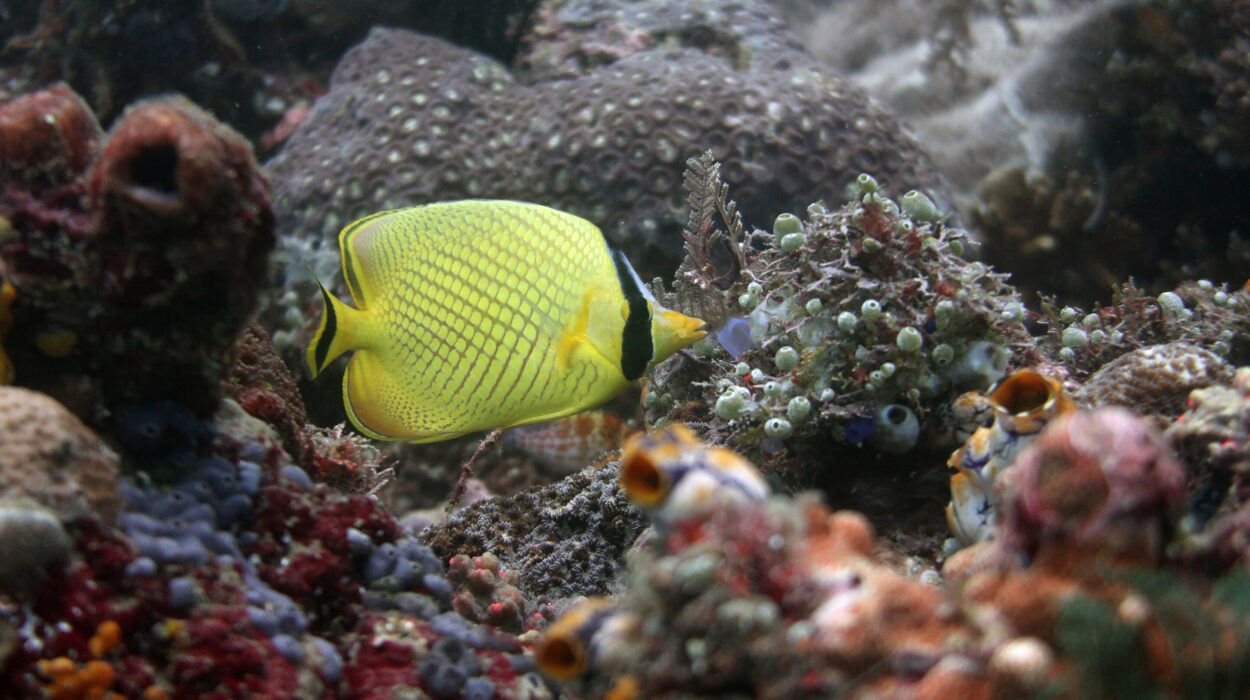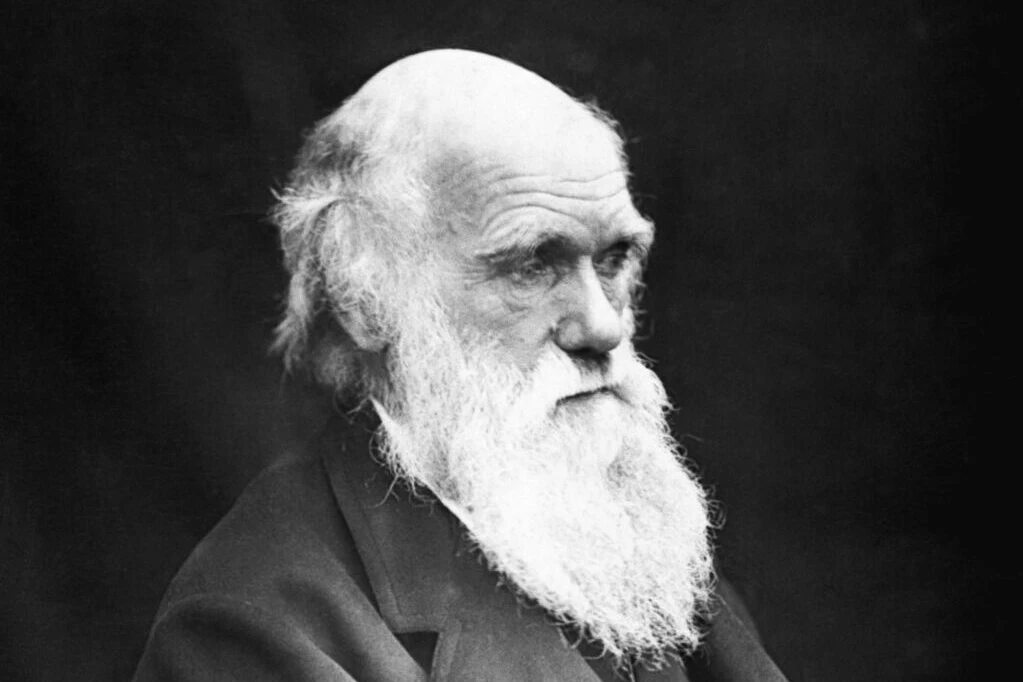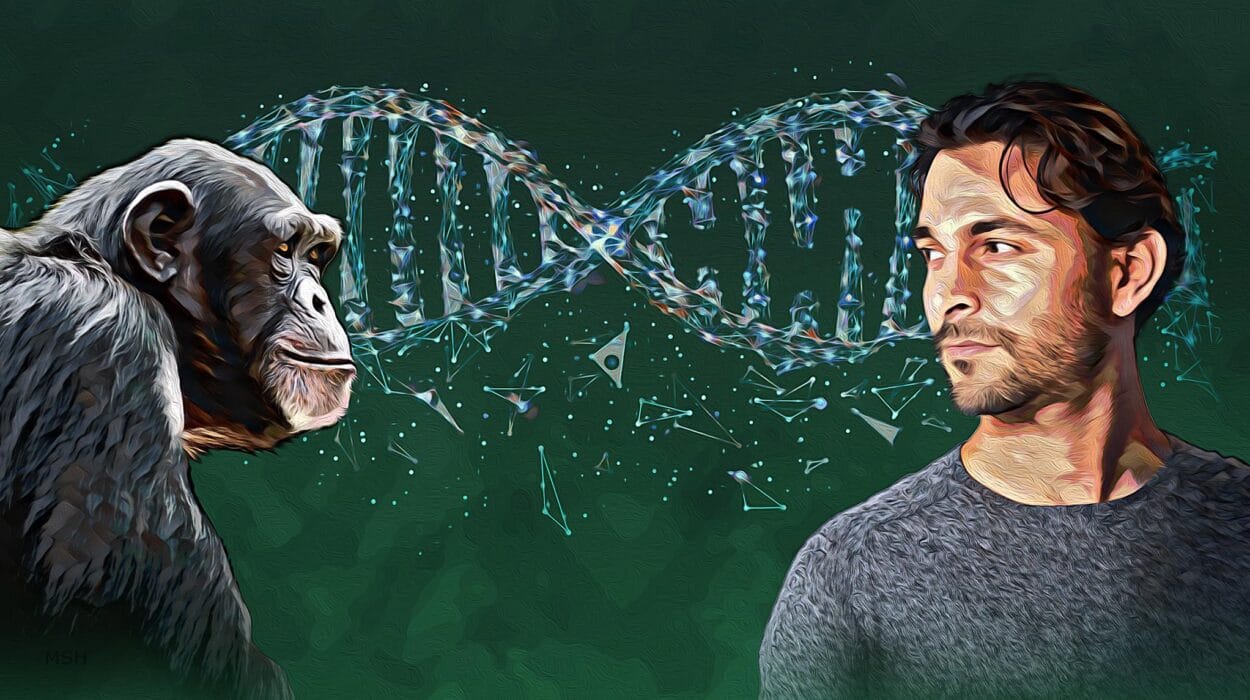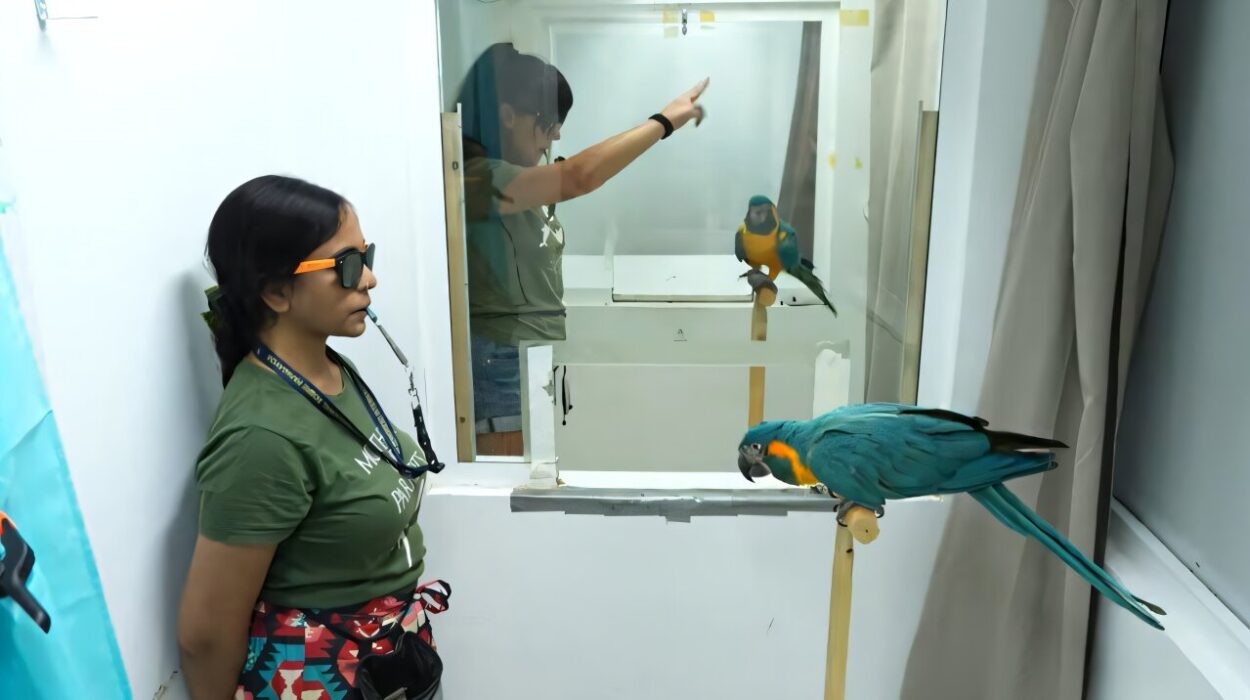Every face tells a story. The curve of a cheekbone, the shape of a nose, the line of a jaw—these subtle variations are what make us unique. Yet beneath this individuality lies a deeper mystery: how does our DNA decide what our faces look like? What combination of ancient genetic instructions carved the countless faces we see today?
To answer this question, scientists are looking not just at ourselves but at our long-lost relatives—the Neanderthals. These ancient humans, who lived across Europe and parts of Asia before disappearing around 40,000 years ago, had faces both familiar and foreign. Their strong brow ridges, wide noses, and powerful jaws tell a story of adaptation to a cold, harsh world. But their DNA still lingers within us, subtly shaping our own faces in ways we are only beginning to understand.
Now, a team of researchers from the MRC Human Genetics Unit at the University of Edinburgh in the United Kingdom has uncovered one of the first clues to how our facial differences may have evolved. Their study, published in the journal Development, reveals that a small piece of Neanderthal DNA is better at activating a crucial jaw-forming gene than its modern human counterpart—a discovery that could explain why Neanderthals had such prominent lower jaws.
Tracing the Legacy of an Extinct Relative
For more than a decade, scientists have had access to the Neanderthal genome, painstakingly reconstructed from fragments of ancient bone. It’s an astonishing achievement—extracting genetic material tens of thousands of years old and comparing it to our own. As researcher Hannah Long explains, “The Neanderthal genome is 99.7% identical to the genome of modern-day humans, and the differences between species are likely responsible for altering appearance.”
That 0.3% difference may sound tiny, but it contains the secrets of evolution. Buried within it are the subtle genetic tweaks that gave Neanderthals their distinctive features—and perhaps made us look the way we do.
The challenge, however, is immense. Both genomes contain roughly three billion letters of DNA, which serve as blueprints not only for the proteins that build our bodies but also for the regulatory sequences that control when and where those proteins are made. Identifying the tiny portions that influence facial structure is like searching for a single grain of sand in an endless desert.
Following a Genetic Clue
The Edinburgh team knew where to begin. They focused on a region of the human genome linked to a rare developmental condition known as Pierre Robin sequence—a syndrome in which the lower jaw is unusually small, sometimes causing breathing and feeding difficulties in infants.
Individuals with Pierre Robin sequence often have deletions or rearrangements in this specific part of the genome, which disrupts normal facial growth. The scientists hypothesized that smaller, more subtle differences in the same region could also influence jaw size in less dramatic ways.
When they compared the DNA of humans and Neanderthals in this area—about 3,000 letters long—they found just three single-letter changes that set the two species apart. The region did not contain any genes itself but acted as a regulatory switch, controlling the activity of a gene known as SOX9. This gene is a master regulator of cartilage and bone formation, playing a critical role in shaping the face during early development.
A Tale of Two Jaws
To test whether the Neanderthal version of this regulatory DNA behaved differently from the human one, the researchers turned to an unexpected model organism: zebrafish.
Though these tiny fish may seem far removed from humans, they share many of the same genes and developmental pathways. What’s more, their embryos are transparent, allowing scientists to watch how genes behave in real time as the body forms.
The researchers inserted both the Neanderthal and modern human versions of the DNA region into zebrafish embryos. They then engineered the embryos so that cells would glow different colors when each version of the DNA was active—creating a living, fluorescent window into the story of evolution.
As the embryos developed, both versions of the DNA activated in the cells responsible for forming the lower jaw. But there was a key difference: the Neanderthal version was noticeably stronger. It switched on the SOX9 gene more effectively, driving greater activity in the jaw-forming cells.
“It was very exciting when we first observed activity in the developing zebrafish face in a specific cell population close to the developing jaw,” Long recalls. “And even more so when we observed that the Neanderthal-specific differences could change its activity in development.”
Rebuilding the Neanderthal Jaw in a Modern World
The results suggested that the ancient Neanderthal DNA had a more potent influence on jaw growth than ours does today. To explore what that might mean for physical development, the team took the experiment one step further.
They provided the zebrafish embryos with extra SOX9, mimicking the effect of the more active Neanderthal sequence. The outcome was striking: cells destined to form the jaw expanded and occupied a larger area, hinting that a similar process in Neanderthals could have contributed to their more prominent, robust lower jaws.
This discovery offered not just an explanation for a long-standing anatomical difference between humans and Neanderthals, but also a window into the delicate dance of gene regulation that sculpts the human face. Small shifts in DNA activity—not necessarily new genes, but differences in when and how they are switched on—can have profound consequences for our appearance.
The Power of Ancient DNA
What makes this research remarkable is how it bridges the past and the present. The Neanderthals vanished tens of thousands of years ago, yet their DNA still influences us today. Traces of their genome remain in modern humans, carried quietly through generations, shaping our biology in subtle but meaningful ways.
By studying these ancient genetic differences, scientists can learn not only about Neanderthals but also about ourselves—why our faces are shaped as they are, why some people inherit certain features, and how tiny molecular changes can ripple across millennia of evolution.
Long and her colleagues are continuing to explore other regions of the genome that may influence facial development. Using techniques that mimic aspects of facial growth “in a dish,” they hope to understand how small DNA changes contribute to normal variation and to conditions like Pierre Robin sequence. As Long notes, “We hope this will inform our understanding of sequence changes in people with facial conditions and inform diagnosis.”
The Face as a Map of Evolution
Our faces are the most visible expression of our evolutionary history. Every line, every curve, carries the echoes of ancestors who lived, adapted, and evolved long before we did.
The discovery that a few tiny changes in Neanderthal DNA could make a face stronger, broader, or more angular reminds us that evolution often works in whispers, not shouts. It’s not about rewriting the genetic code, but about fine-tuning the music—changing the tempo, the rhythm, the emphasis, until a new form emerges.
This study also highlights something profoundly human about science itself: our deep desire to know where we come from. In the flicker of light from a zebrafish embryo, we can glimpse the shadows of our extinct relatives and the silent instructions that shaped both their faces and our own.
More information: Kirsty Uttley et al, Neanderthal-derived variants increase SOX9 enhancer activity in craniofacial progenitors that shape jaw development, Development (2025). DOI: 10.1242/dev.204779






